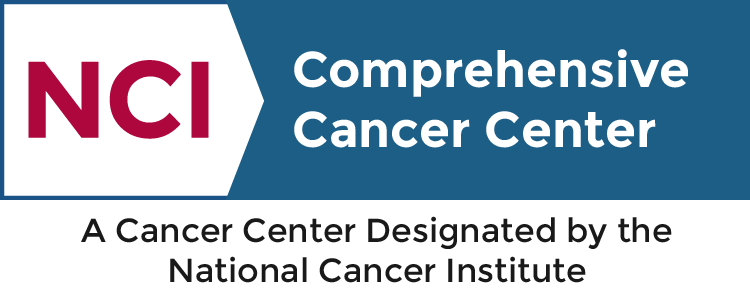The Canary Center at Stanford is a world-class research facility dedicated to the early detection of cancer under the Department of Radiology. Like the proverbial “canary in a coal mine,” the outdated practice of bringing canaries into coal mines to warn miners of lethal levels of carbon monoxide, the Center seeks to identify cancer early to increase the likelihood of survival.
“Over the recent years, we have seen the field grow exponentially. The value of detecting cancer very early is clear, and if we can catch a cancer at an earlier stage, the survival rate will be much higher,” said SCI member Utkan Demirci, PhD, who is currently directing the Canary Center for Cancer Early Detection and is a professor of radiology and, by courtesy, of electrical engineering.
The Center’s mission is discovering and implementing minimally invasive diagnostics and imaging strategies to detect and locate cancers at an early and curable stage. While different types of cancer progress at different rates, it is safe to assume that across the board, spotting cancer early on in its development dramatically improves the outlook of treatment. According to a study published by the Canary Foundation, “for nearly all types of cancer, the five-year relative survival is substantially lower if disease is caught at an advanced stage.” When looking at specific diseases, preventative screenings like Pap tests have resulted in a 70% decline in cervical cancer incidence and deaths since their advent in 1950. Colon cancer caught early has a 91% five-year survival rate, compared to an 11% survival rate if it is caught late and has spread to other organs, according to the Canary Foundation.
Still, there is much research to be done on early detection and how scientists can more accurately detect cancer in less invasive ways.
“At the Center, we are trying to think of cancer differently, so that at some point, it becomes a disease that is prevented, and not necessarily waiting for it to be cured,” Demirci said.
Benefitting from the collaborations between engineers, chemists, clinicians from different oncology and medical science disciplines, the Center has developed a two-step strategy to detect cancer in its early stages: screening followed by molecular imaging. Screening is the first step and determines if an individual is susceptible to an aggressive form of cancer by looking at biomarkers found in a patient’s blood, urine, saliva or even breath. Next, the cancer is characterized and localized after undergoing a molecular imaging test.
The Canary Center at Stanford for Early Detection is the first cancer center in the world with a mission to develop both in vivo and in vitro techniques for early detection of cancer and mitigates the need for unnecessary invasive procedures on patients while still maintaining the accuracy required to identify the disease.
“We want to integrate these cutting-edge tools and technologies for early detection and then localization of the disease with imaging, and to address aggressive cancers at an early and curable stage,” Demirci said.
The Center’s research efforts are supported by its four collaborative, in-house facilities in proteomics, cell and molecular biology, chemistry, and preclinical imaging, each devoted to supporting a different aspect of the diagnostic process.
The Canary Center at Stanford’s commitment to innovating cutting-edge research in the realm of early cancer detection is insurmountable in the fight against cancer. Early detection is just the first step for many in their journey against cancer and is key for survivors to continue living healthy and fulfilling lifestyles.



